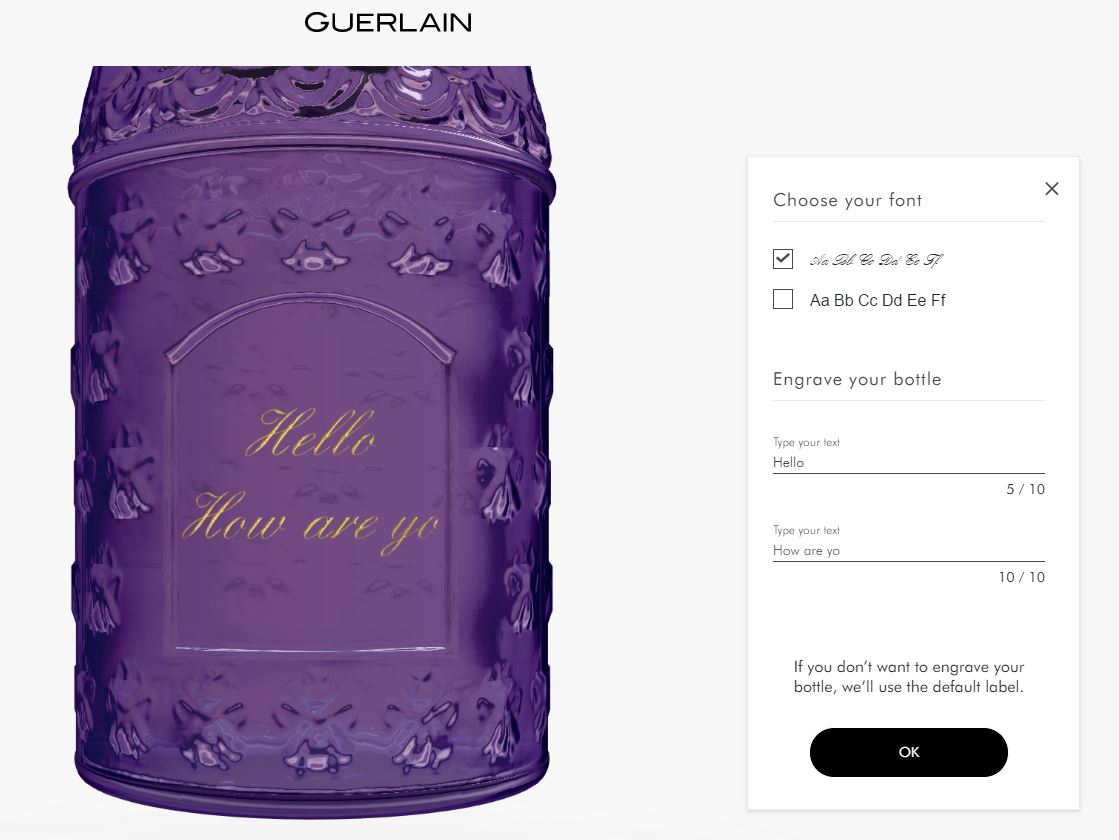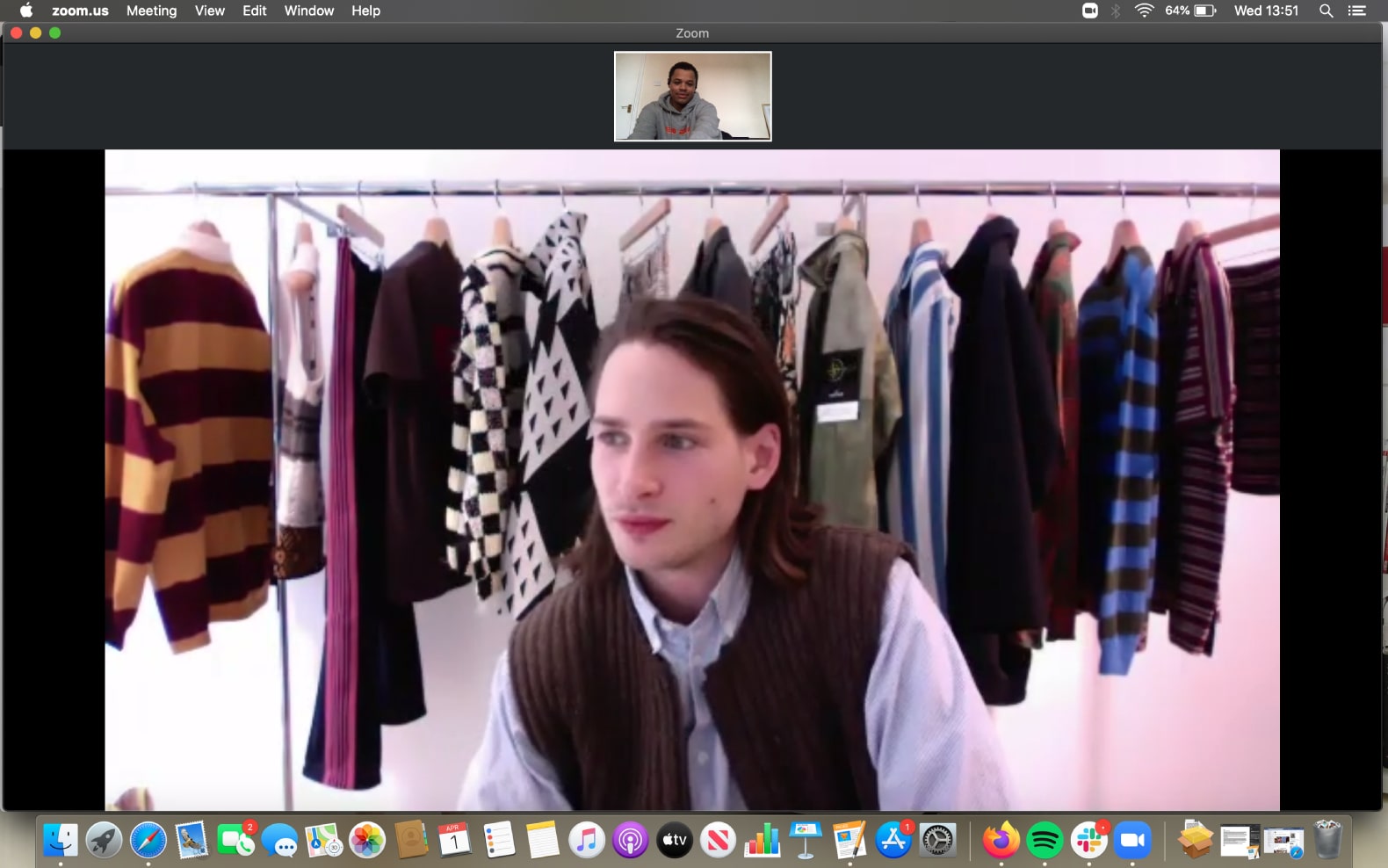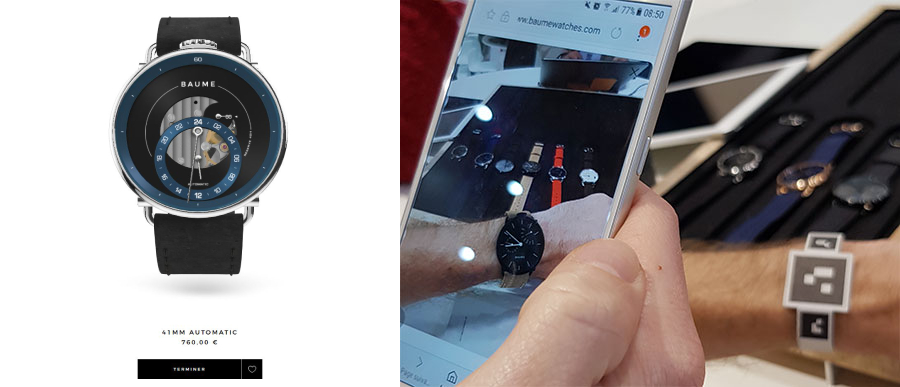Retail trends 2020: tips and tricks for luxury brands during the holiday season
By Yahong Zhang |Table of contents
While the COVID-19 crisis has impacted overall spending, it seems that the holidays aren’t canceled. As Deloitte’s 2020 Holiday Surveys show, consumers are resilient and will adapt their shopping behaviors to these new times, some directing even more money for at-home celebrations.
How does this new Christmas shopping landscape look like?
Share of the wallet is shifting towards retail
American shoppers will spend an average of $1,387 per household this holiday season, which is 7% less than in 2019. What is changing isn’t only the value, but the share of the wallet.
For example, while travel spending is going down by 34%, shoppers in the US will be spending more on non-gift items like house decorations and accessories, hoping to add some festive elements to their lives. Survey respondents will also be putting down $487 on average on gifts or cards.
In Australia, 39% of retailers foresee a +5% sales growth, which is twice the number of last year, as players are experiencing a surge in demand.
Consumers consider online shopping more secure than in-store
More than half of Americans are feeling anxiety over in-store shopping and 68% of retail professionals in Australia noted that their priorities for the past weeks of the year are digital, omnichannel, customer engagement and experience.
This is understandable if we take into account that 2020 was marked by the growth of online sales channels, with brands quickly and profoundly developing their own direct-to-consumer platforms and social stores.
Retail trends 2020: tips on how to take advantage of them
Retail Trend #1: Preference of online shopping
Many countries are still imposing restrictions for non-essential businesses, and consumers are still cautious when it comes to going out. In this case, brick-and-mortar sales are expected to go down. And it is expected that these lost sales are to be compensated by the growth of e-commerce.
Tip: Offer faster and secure delivery, and added-on services like engraving, personalized messages for better conversions
Generally speaking, retailers must prepare for higher online spending from consumers and adjust their stocks, supply chains and digital marketing techniques to ensure that they raise up to the consumers’ expectations.
This pandemic has separated families and communities and made people crave for intimacy and meaningful experiences. This is why, although many will buy gifts online, there is a need to make the digital experience extremely personal, and to show love and appreciation for the one we care.

Guerlain encourages consumers to customize products using online engraving.
In order to achieve, brands should consider offering simple customization servies like engraving and personalized messages to help shoppers turn every gift into an engaging and well-thought experience both for them and the receivers.
In fact, engraving is one of the most popular and easiest ways to customize products, as it is a technique that is easy to demonstrate and works well for all kinds of materials including metal, leather, glass, crystal, paper and so on. This technique offers great versatility and personalization without too much effort.
Retail Trend #2: Window shopping is turning virtual
With consumers not feeling at ease to shop inside retail stores and check luxury items for themselves, discovery of brands and products will be done online. Platforms that foster immersive shopping experiences are especially popular.

Source: Très Bien.
Names like Très Bien have already organized virtual storefront experiences that are streamed on Zoom and enable employees to take users on virtual tours of the shop, so that consumers can make better decisions.
Tip: Enrich D2C platforms with 3D product visualization
Offering textual details on materials and sizes is not enough anymore, shoppers nowadays need to see how a certain luxury garment looks, understand how the fabrics behave and how they fall. This is why 3D product visualization tools are necessary.
At its finest, 3D visualization provides an accurate, detailed and interactive presentation of products, as it carefully includes all elements necessary to offer am immerse experience like lighting effects, angles, textures, shades of colors and so on. This means that a high-end and well-executed 3D model may be viewed from different angles and provide a 360° perspective.
Kenzo is using 3D visualization and configuration technology to better present the product and offer online customization to clients. Solution created by Hapticmedia.
According to scientists, the human brain processes visuals about 60,000 times faster than texts and in fact, 80% of all information that our brain processes is visual.
An increasing number of companies are investing in 3D visualization technology to create a better digital shopping experience for their clients, making up for this lack of “touch and feel”, which is a major disadvantage of e-commerce that hinders buyers from making online purchases.
Retail Trend #3: Consumers want their products to drive emotions and bring added value to relations
In a consistent quest to bring meanings to their lives and to increase intimacy, consumers are no longer passionate about products that are just representing their lifestyles. Instead, they search for bespoke, and personalized items.
Each purchase is expected to add values from an emotional perspective, both to the buyer and the receiver. Especially during these holidays, products offered as gifts should be a symbol of the relationship and express closeness. This is why products need to stand out from one another and have a unique touch to them.
Tip: Add personalization to your products.
Bespoke, made-to-order, and personalized products are the hit of this season. In this case, brands are expected to offer customization services in a way which helps shoppers turn every gift into an engaging, well-thought experience both for them and the receivers.
According to Forbes Insights, 40% of marketing executives report that personalization has a direct impact on maximizing sales, basket size and profits in direct-to-consumer channels, such as e-commerce, while another 37% point to increased sales and customer lifetime value through product or content recommendations. More than one-third of respondents have seen increases in their transaction frequency as a result of personalization strategies.
A simplified 3D visualization demonstration provided by luxury brand Lolo Chatenay and tech startup Hapticmedia.
3D products configurators, such as the one we developed for Lolo Chatenay, are an excellent way of upping your retail game and making your store stand out in front of customers.
3d configurators are defined as an interactive tool powered by live 3D models to allow customers to personalize products as they want, enabling users to watch their adjustments and receive estimates of the costs based on the customizations, which in the end leads to a more engaging client relationship.
With this service customers can experience the product from all angles and customize product attributes such as texture, color, and all other components. Customers can watch your product transform in real-time from any device without using plugins.
This way, consumers may create unique products for their beloved ones, and offer remarkable and memorable gifts.
Retail Trend #4: Physical stores need to ensure safety while providing engaging experiences
Consumers are not comfortable getting back to 2019’s shopping routines, so retailers need to add extra safety measures to their brick-and-mortar stores. This means that spaces need to be organized for COVID-19, while still keeping the festive spirit alive.
They are also switching to a contactless shopping experience, including virtual dressing rooms, beacons, 3D product visualizers, cashless payment methods and so on. All in all, everything needed to ensure safe, efficient shopping, with little to no human interaction.
Tip: Offer virtual try-on both online and in-store
Virtual try-on technology enables customers to try on products using their camera equipped devices such as mobile phones. With the help of Augmented Reality, users may contextually visualize the item in which they are interested, interacting and confirming the style, the size and the fit before making a purchase.

Source: Mac virtual try on.
In the COVID-19 era, virtual try-on is becoming a must even in brick-and-mortar stores. From the desire to protect themselves against the virus, many shoppers are uncomfortable with trying accessories like glasses and hats, while beauty products aren’t even an option. Most beauty stores prevent customers to try on products, which makes it difficult to know whether they are a good investment or not.

A great example of integrating virtual try on technology into the multi channel marketing strategy can be taken from Baume, a high- end watchmaking brand.
Baume offers clients the opportunity to virtually try on the customized watch directly on their wrists using a paper wristband, i.e. without touching a real watch. This practice largely improves the shopping experience for customers by engaging and involving them in the design process while ensuring safety and causing little extra costs to the company.
Another example, Clearly, a Canadian online store for glasses, has managed to help consumers make quicker decisions by offering a great solution: an augmented reality ad. Users can virtually try different models without exiting the ads, as they were browsing news feeds.
Retail Trend #5: Social content is a must
Consumers miss the social interaction and human connection! To compensate, brands are developing tools that create communities to enable shoppers to interact and share real-time experiences.
Tip: Create opportunities that enable users to generate content on social media
If you are considering virtual try-on or 3d product visualizer or configurator, add social sharing features! This technique enables users to share photos online, showcasing how they look with a certain item, how creative they can be after customizing a sneakers or a piece of jewelry. It engages consumers, drives conversations, as well as strengthens your online communities.
A good example of social communications has been given by Nike, when the company created the Nike By You Workshop, a community for sneaker lovers. This practice gave consumers a playground to create customized sneakers and share their designs with the world.
Moreover, Nike dedicated a whole Instagram page to this project and connected it with the Nike online store, making the personalized sneakers available online as a limited edition, while paying royalties to the creator for every sold piece.
Conclusions on retail trends 2020
This holiday season will be an unprecedented one for luxury brands and it is very important to use all technoques to drive traffic and conversions your way.
Hapticmedia has over 15 years of expertise in immersive technologies including 3D visualization, customization and configuration, engraving, Augmented Reality, Virtual Try On, and is supported and covered by LVMH, Forbes, Les Echos, Le Point, BFMTV. Check here to see our client projects with Gerlain, Kenzo, Baume & Mercier, Baccarat, Edenly or contact us now to see the visible improvement we will bring to you.
Featured image: Unsplash.
Contact Hapticmedia now to see our successful user cases and the visible improvement we have brought to our clients. You will be amazed.